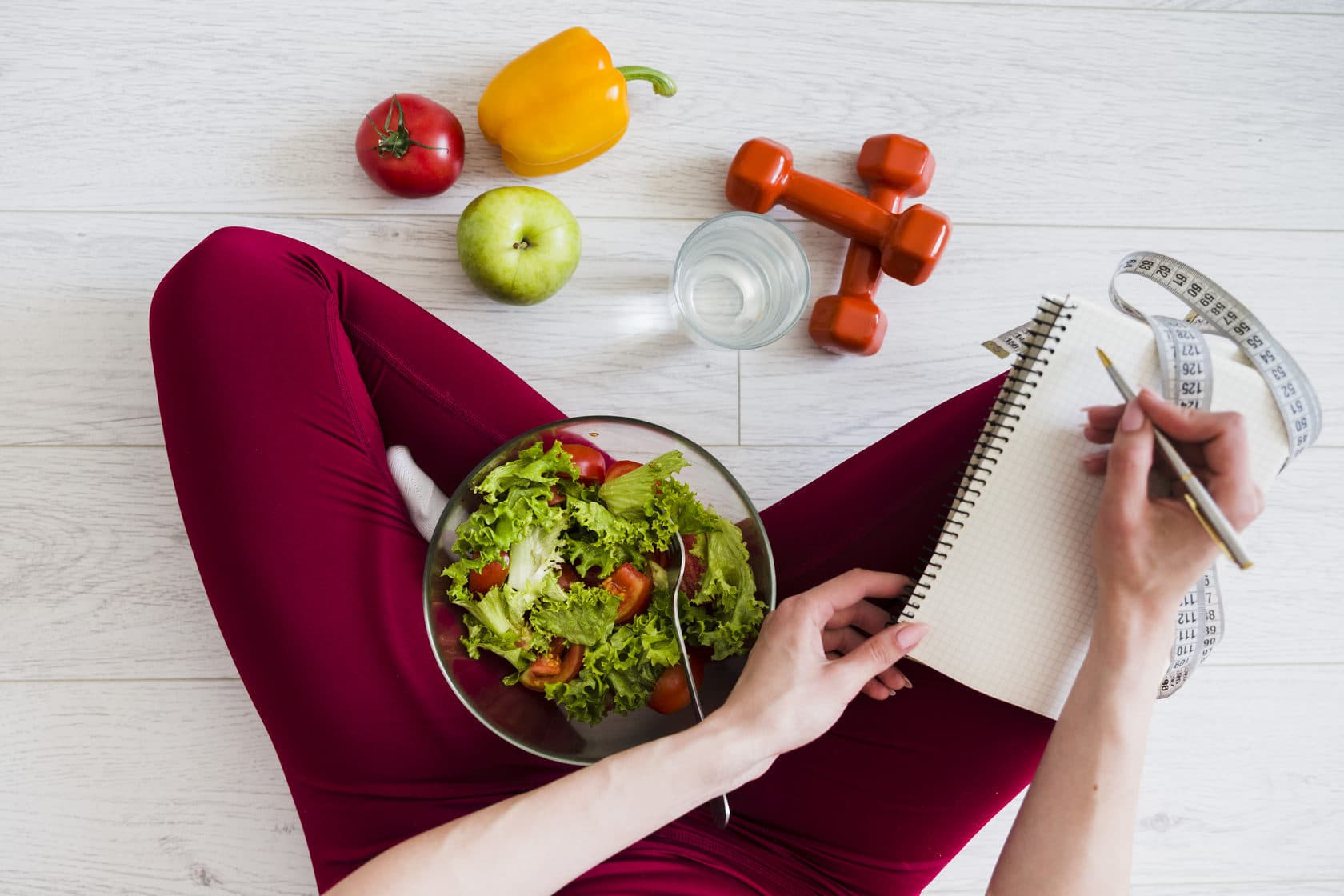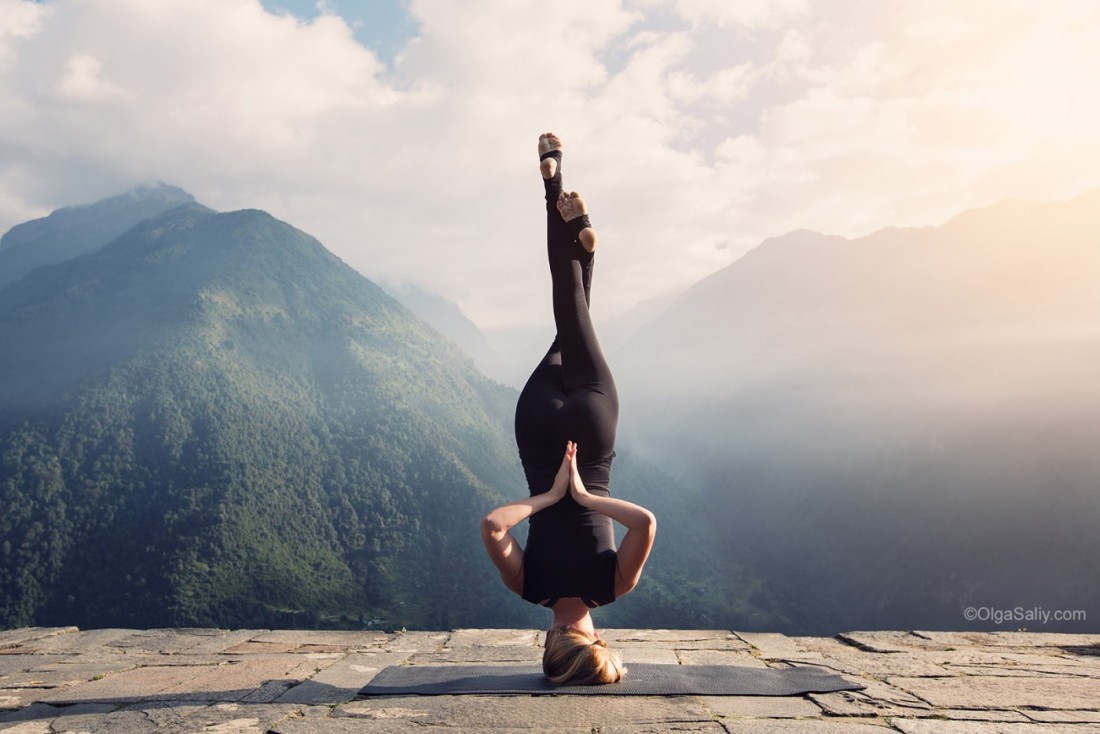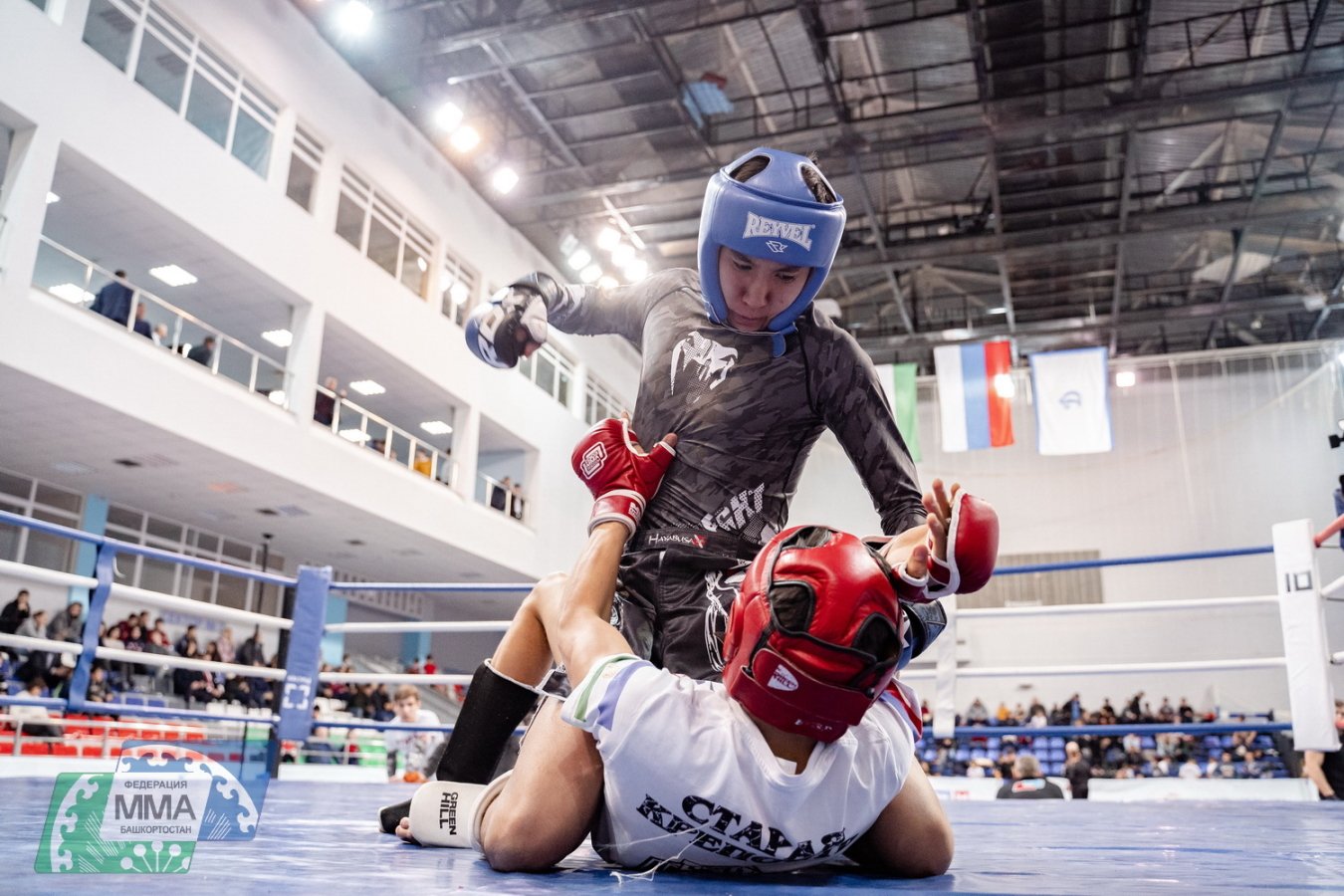Today, shoes are part of the standard range of athletes, whether in bodybuilding or in any other discipline. Few people train barefoot. Although prized mainly for their gain in stability, there may nevertheless be certain advantages to be avoided shoes.
The advantages
– An increase in proprioception
Training in bare feet considerably increases proprioception. Proprioception is the perception of our body in space that is done unconsciously by the nervous system thanks to proprioceptors (sensitive receptors), which are present, among other things, in the soles of the feet. This allows the body to correct movements on its own in order to maintain good balance. You may have already seen this kind of material indoors:
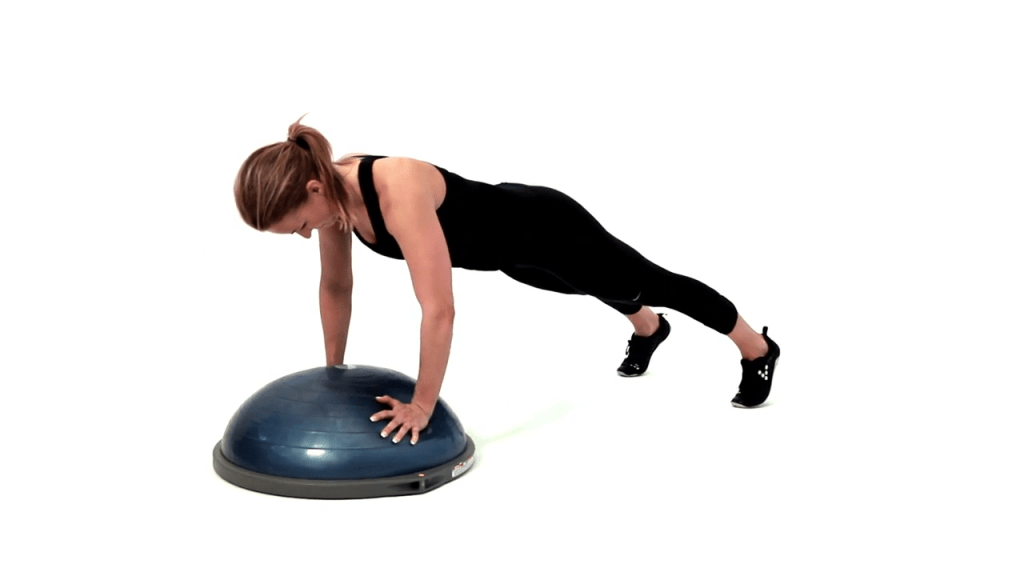
The bosu ball is used to improve proprioception. If you see it next time, try doing a few squats on it by turning it over (placing your feet on the flat part), you should quickly feel the difference with squats performed on the floor … If in addition you do these foot squats naked, you will work much more on your proprioception and your balance.
– Gain in flexibility
Going without shoes makes it possible to gain flexibility in most cases, particularly at the ankle . In fact, the problem is not the shoe, but the type of shoe used. The majority of sneakers are designed with a drop (the gap between the front and back thickness of the shoe) which is greater at the rear, with a heel larger than the front of the foot.
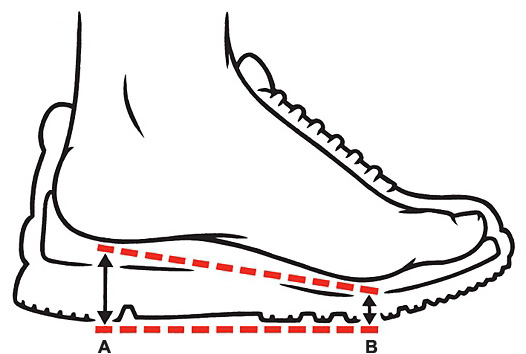
This kind of drop is bad because it will stiffen the calf and decrease the mobility work at the ankles. As often, practitioners who have little flexibility in the ankles then go always load more on their bars without working their flexibility in parallel, which is a brake on progress and may be the source of future problems.
So instead of investing in new shoes (where the drop is uniform / flat sole), you can choose to do without them and practice barefoot. It can be difficult at first if you have this lack of flexibility in your ankles, and even more so if it’s combined with stiff calves. But that should be corrected by working on your mobility and increasing your range of motion in a gradual and safe manner. However, be careful with exercises and deployed loads (see below).
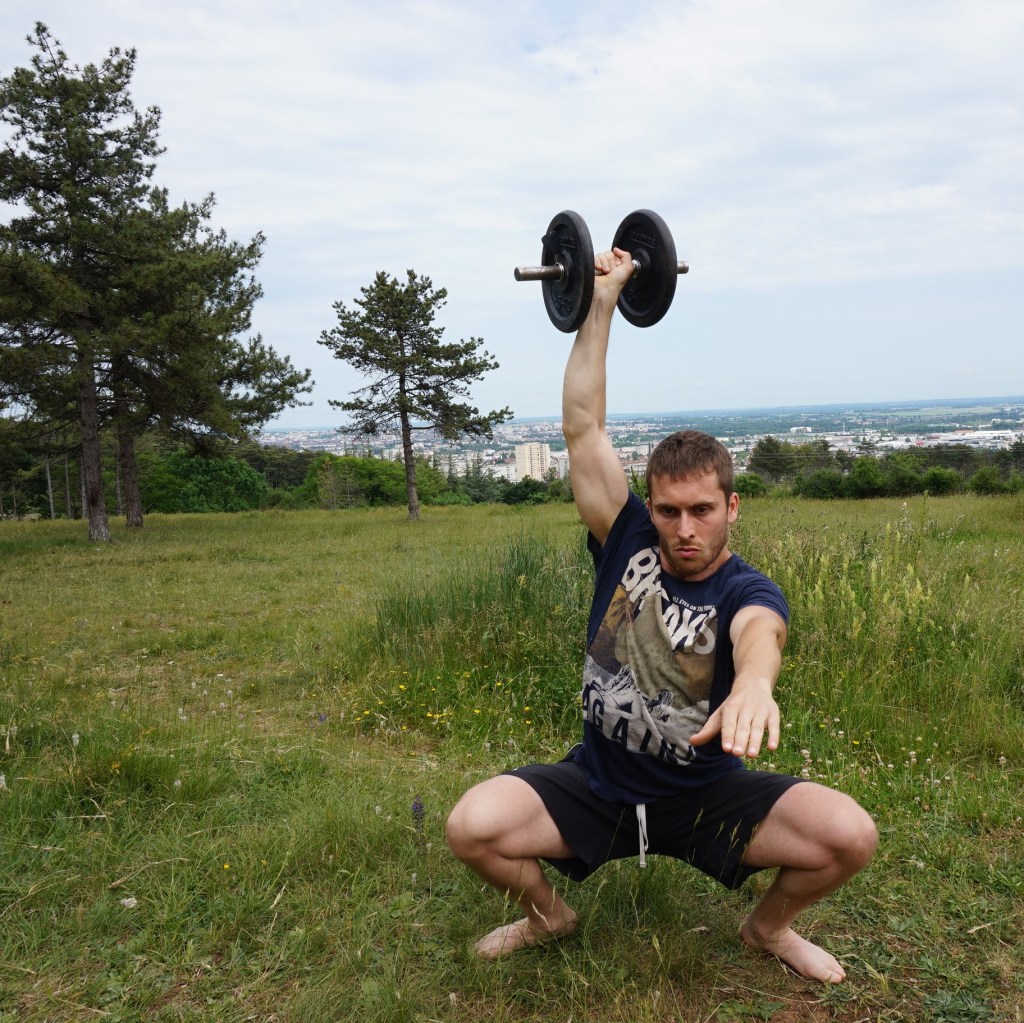
– Greater strengthening of the muscles of the feet
The instability is much lower without shoes, and this will increase the activation enormously stabilizing muscles, which will themselves be initiated in part by the proprioceptors. Barefoot training is the pinnacle of minimalism, it really is the basis for being able to regain complete balance in foot muscle mass. Ideal for bodyweight training, without equipment .
The disadvantages
– Less stability
We saw previously that instability is an advantage, but it is also a disadvantage in some cases. The sports shoe makes it possible to firmly maintain the foot, and more or less strongly the ankle. This can be very interesting, especially when the loads are heavy and the safety must be maximum. Generally speaking, the heavier the load the heavier the shoe should be, with a hard sole and a uniform drop.
– Increased risk of injury
This is a direct consequence of the lack of stability. Without shoes, the chances of skidding are higher, and this can lead to injury. The risk of injury will be greater the greater the load and the severe lack of flexibility. The pinnacle is reached on movements with impact. In fact, once the foot is no longer firmly anchored to the ground during a movement, the risk of injury increases.
It is therefore possible to train without shoes on movements such as squats and deadlifts, but not on movements where the feet take off the ground, such as a clean and jerk for example.

– Better concentration
We are still going to focus on heavy loads, but this is where the lack of concentration will be particularly felt, depending on whether or not you put on sneakers. Normally, with light loads, you will not try to have optimal concentration. But on strength sets, for example, even the smallest detail that improves concentration is always appreciated. Sneakers provide better concentration because we will focus less on the stability of our feet.
In summary, it is above all the load used that will make it possible to define whether the shoes are necessary or not. We could link this correlation between load, flexibility and the need to train in shoes. as follows:
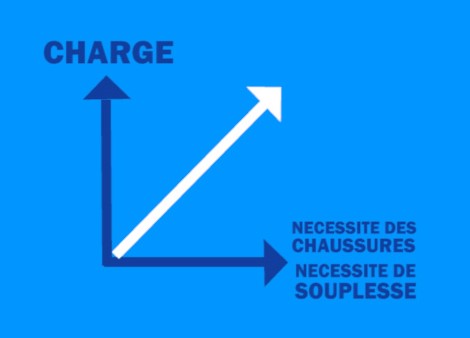
We must not forget that the shoe is in itself an accessory and that the man did not appear on Earth while wearing shoes. The problem is that we are really divided between the ego which pushes us to put on weight to always seek to gain muscle ( and therefore to use shoes to compensate for our joint / muscle weaknesses) and the will to gain flexibility and mobility by avoiding external aids (such as raised heels).
Personally, I think both are interesting, that you have to know when to use both. That is to say seek to progress at the level loads with shoes with a uniform drop, with a flat and hard sole on heavy loads (even if I do not have the means to get them yet) but do not neglect the barefoot training when the conditions are right . For smaller loads, shoes with better cushioning are possible. But above all never to ignore the work of mobility and flexibility in parallel.

